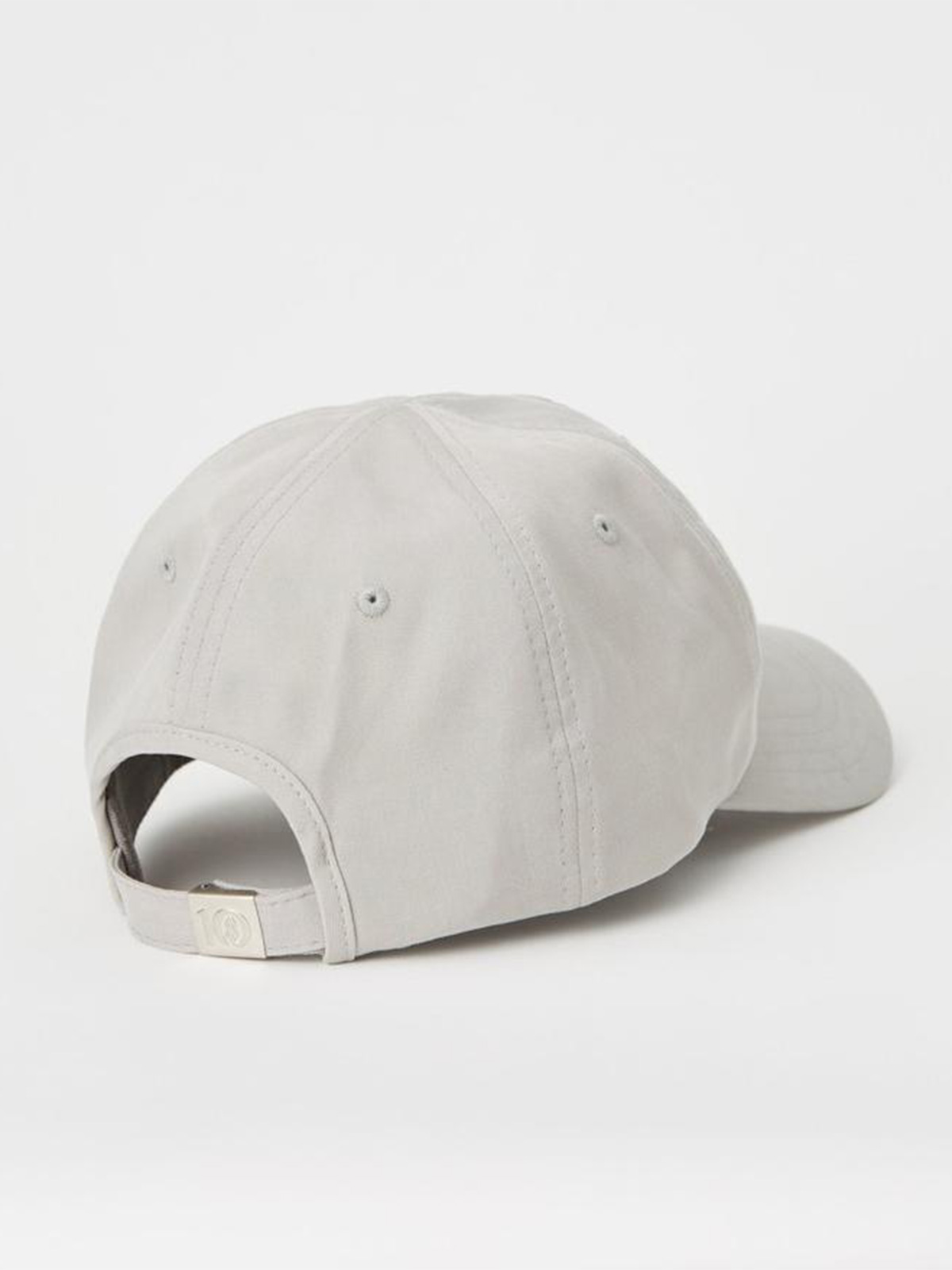Is it better to buy online, or locally? The answer is more complex than it seems. Regardless of where we buy a piece of clothing from, that item has probably already travelled around the world in some form, and had a considerable impact on the environment up to that point in its journey. Keep reading to learn more about the ins and outs of international shipping.
Is local always better? It’s not that simple
On the topic of international shipping and shopping more sustainably, things can get complicated. If we are purchasing responsibly fashion from the other side of the world, surely any positive impact gained is negated by a negative impact from carbon emissions?
Well, it’s not quite that simple. Every action has a reaction, so what choice has the least negative impact? We break it down for you below.
The journey of a piece of clothing
When understanding the impact of our individual purchases, we need to consider the entire journey the item has taken before it gets to us. Chances are, no matter how responsible a fashion brand might be, that item of clothing has, at some point and in some form, travelled around the world. Bummer.
The standard life cycle of an item of clothing looks something like this:

As the diagram indicates, the journey is complex and lengthy. It’s extremely rare for raw materials to be grown, processed, sewn, and sold all in one location. Each stage of the supply chain has some form of impact on the environment.
When we look at shipping specifically, the impact on the environment is considerable. Ships handle roughly 90% of global trade, transporting nearly 10bnmetric tons (11bn tons) of goods per year. It has been estimated that shipping accounts for 2.5% of of the world’s total CO2 emissions and a 2021 report from the European parliament estimated that number could rise from 2015 levels by as much as 34% by 2050.
Despite this pretty major carbon impact, transport via boat is actually the cheapest and most carbon-efficient option we have right now. A big ship will emit about 10 grams (0.4 ounces) of carbon dioxide to transport 1 metric ton of cargo 1 kilometre (2 tons of cargo 1 mile). That’s roughly half as much as a train, one-fifth as much as a truck, and nearly a fiftieth of what an aeroplane would emit to accomplish the same task. This last point is important—we’ll come back to it shortly.
So, what’s better? Buying online, or buying locally?
The truth is, locally made isn’t always better. Regardless of whether we buy a piece of clothing online or on our local high street, that item has likely already travelled around the world in some form, and had a considerable impact on the environment up to that point in its journey.
Due to harmful time- and cost-cutting initiatives, a high street ‘fast fashion’ item will have a considerably higher carbon footprint overall than its lower-impact counterpart, even if the lower-impact item is coming from the other side of the world.
Fast fashion is often made out of cheap synthetic fibres such as polyester, which uses fossil fuels as its base, and requires a considerable amount of water and energy to produce in comparison to more sustainable options. It’s likely that the clothing has been coloured using synthetic dyes which can not only release chemicals when they come into contact with your skin (not cool), but can leak toxic waste into waterways, resulting in significant environmental and human damage.
The supply chain of a fast fashion brand is also incredibly inefficient with waste. It’s estimated that 35% of all materials will end up as waste sent to landfill. Then we must consider the carbon emissions from the shipping itself, as the item gets sent around the globe to utilise the cheapest labour at each stage of its production.
While the responsible t-shirt you buy online likely has a smaller footprint than the one you’d buy at your nearest H&M, it’s still important to be aware of greenwashing. Many brands, including small and local labels, now put “ethical” or “sustainable” on their Instagram bio or website, with no solid evidence to back up their claims. Don’t be afraid to ask brands where their clothes are made, and remember to use our app or directory to help you decide which brands to support.
There is no perfect solution. However, avoiding fast fashion, buying fewer, quality, and second hand pieces is guaranteed to help shape a better future for all people, the planet, animals.
How to reduce your fashion’s carbon impact
So, how can we reduce our fashion’s carbon impact, even if we are already buying more ethical and sustainable brands? Here are some recommendations:
Support ‘circular’ or anti-waste brands
The number one way to reduce your fashion carbon footprint when buying new is to support brands that champion circular or anti-waste production practices. They will have the lowest carbon footprint of any fashion brand. A completely circular supply chain is difficult to achieve, but there are a number of brands that are making great progress in this space. Look out for the Cradle2Cradle certification and double check the brand’s rating on the Good On You directory if you’re unsure.

- MUD Jeans (“Great”) uses a high proportion of lower-impact materials including GOTS certified cotton and it creates high-quality, long-lasting products. Every step of the life cycle for all of its products has circular principles fully embedded including for design, materials, production techniques, and end of life.
- Greek brand Théla (“Great”) creates handcrafted fashion and lifestyle accessories with plastic waste. Witnessing the increasing reliance and problems around disposable plastics and over-consumption, founder Diti Kotecha is on a mission to inspire change, diverting plastic from filling landfills, polluting oceans, and harming wildlife.
- Neem (“Good”) designs and makes stunning menswear from recycled materials. With a purchase of their Wear Well Bag, customers receive a compostable returns bag to send in their unwanted shirts to be recycled into new shirts and £30 credit towards their first order. Helping to protect the planet, one shirt at a time.
- A.BCH (“Great”) is an Australian-made fashion label focused on circularity and driven by a mission “to transform the way people buy, wear, and discard clothing.” The brand focuses on eliminating material and energy waste through pre-user, user, and post-user phases whilst creating beautiful, design-led clothing for its customers to love and enjoy. And when the garments reach the end of their life, send them back to A.BCH for effective recycling.
- Malaika New York (“Good”) is a minimalistic, more sustainable clothing brand with a focus on anti-waste clothing and accessories. The US-based brand aims to eliminate fashion’s harmful environmental effects by using lower-waste patterns and maximising wearability.
Support brands that support environmental organisations
The next best thing is to support brands that donate money towards organisations that are helping to combat climate change. Look for brands that have environmental protection at the heart of their mission, and support organisations such as 1% for the planet or are B Corp certified.
- TAMGA Designs (“Good”) has made it their mission to fight deforestation. Through 1% for the planet, every sale donates 1% to the Sumatran Orangutan Society (S.O.S) and Orangutan Information Centre (OIC), both of which actively work to re-plant the Sumatran rainforest. The brand also uses forest-friendly, more responsible fibres in all of its clothing.
- Patagonia (“Good”) belongs to both the Sustainable Apparel Coalition and 1% For The Planet. It rejects fast fashion by creating high-quality, long-lasting products, and offers a repair and reuse program. It even goes so far as to discourage customers from purchasing too many of its products.
Don’t use fast shipping
Selecting the fast shipping option means that your item will be delivered to you via aeroplane instead of a cargo ship. As we mentioned earlier, transporting via aeroplane results in significantly more carbon emissions than via ship.
Use in store or centralised pick-up options
If you have the option, using these delivery options will reduce your personal carbon footprint as it will mean less courier van transport—couriers can deliver bulk deliveries to these locations instead of having to go door-to-door. Collect your items via public transport, by bike, or on foot for bonus points.
Try to reduce your consumption generally
Adopt a minimalist approach with a capsule wardrobe, and only purchase items that you really need, that are high-quality, and will last you a long time. Or try to find pre-loved items from your local vintage boutique. See our guide on how to build a capsule wardrobe, or the best spots for second hand shopping.
The single best thing we can do for the planet is to keep our gear in use longer and cut down on consumption.
Patagonia
Other downsides of international shipping
Of course the environmental impact of international shipping may not be your only concern. Many counties apply import taxes, so make sure you understand the additional cost before placing that overseas order or you may be in for a nasty surprise. Returns are also a hassle, so be aware of that risk if the sizing is wrong or there is another problem with your order.



















